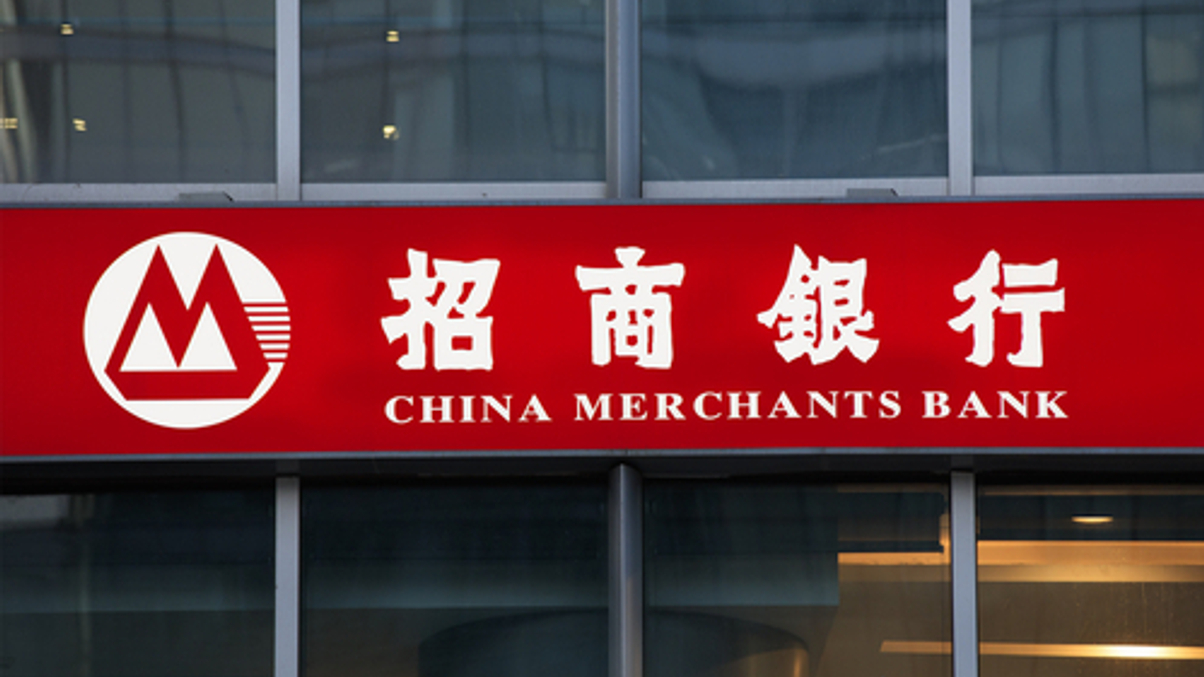China Merchants Bank outlines wealth buildout plans
The Shenzhen-based group is expanding its presence in Hong Kong and has other overseas branches in the pipeline in Europe and the US, in a bid to sustain its rapid growth.

China Merchants Bank (CMB) has opened a wealth management centre in Hong Kong, offering a wider range of products and services than its other branches there, and it plans to base similar operations in London, Los Angeles, Luxembourg and Sydney.
Sign In to Your Account
Access Exclusive AsianInvestor Content!
Please sign in to your subscription to unlock full access to our premium AI resources.
Free Registration & 7-Day Trial
Register now to enjoy a 7-day free trial—no registration fees required. Click the link to get started.
Note: This free trial is a one-time offer.
¬ Haymarket Media Limited. All rights reserved.


